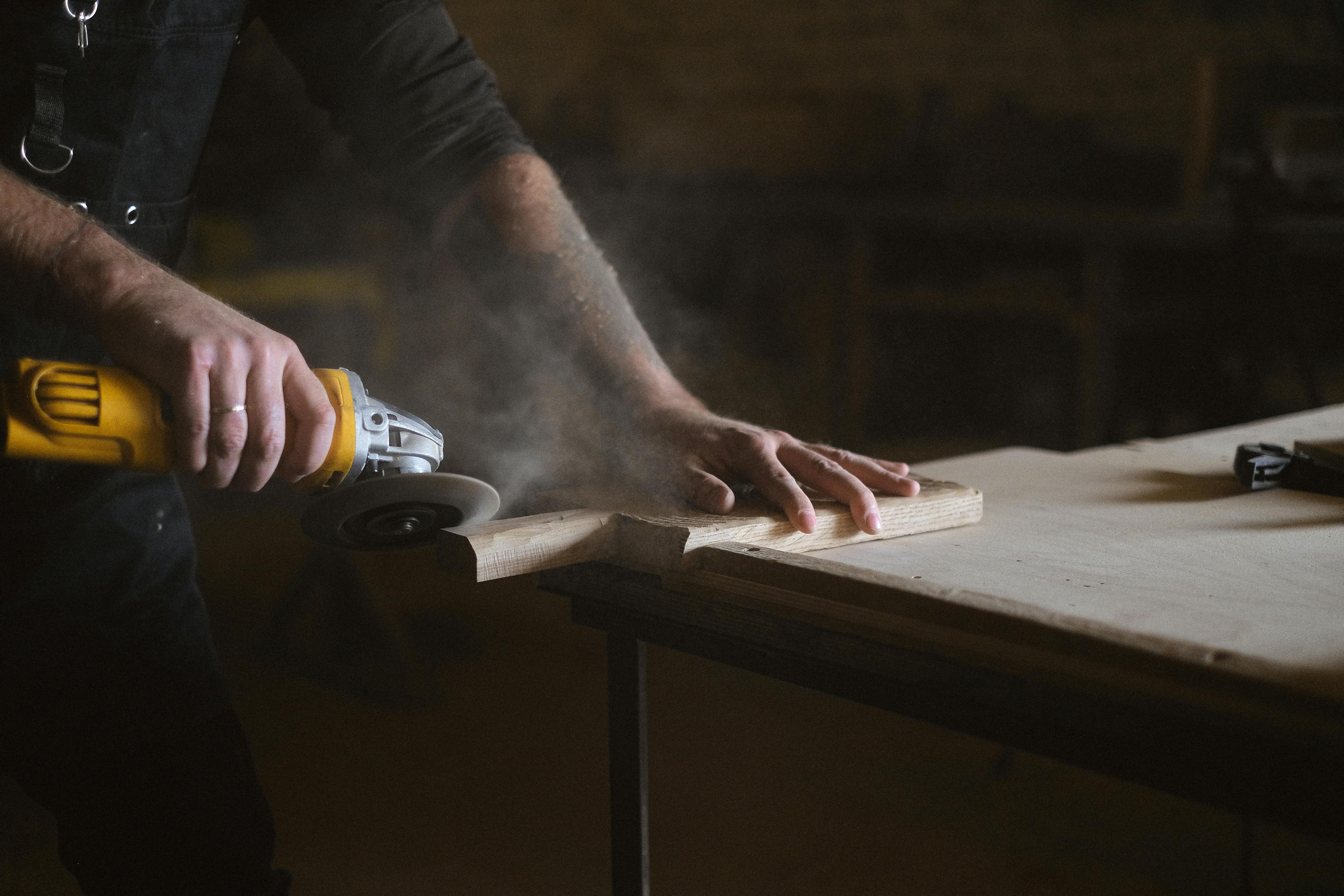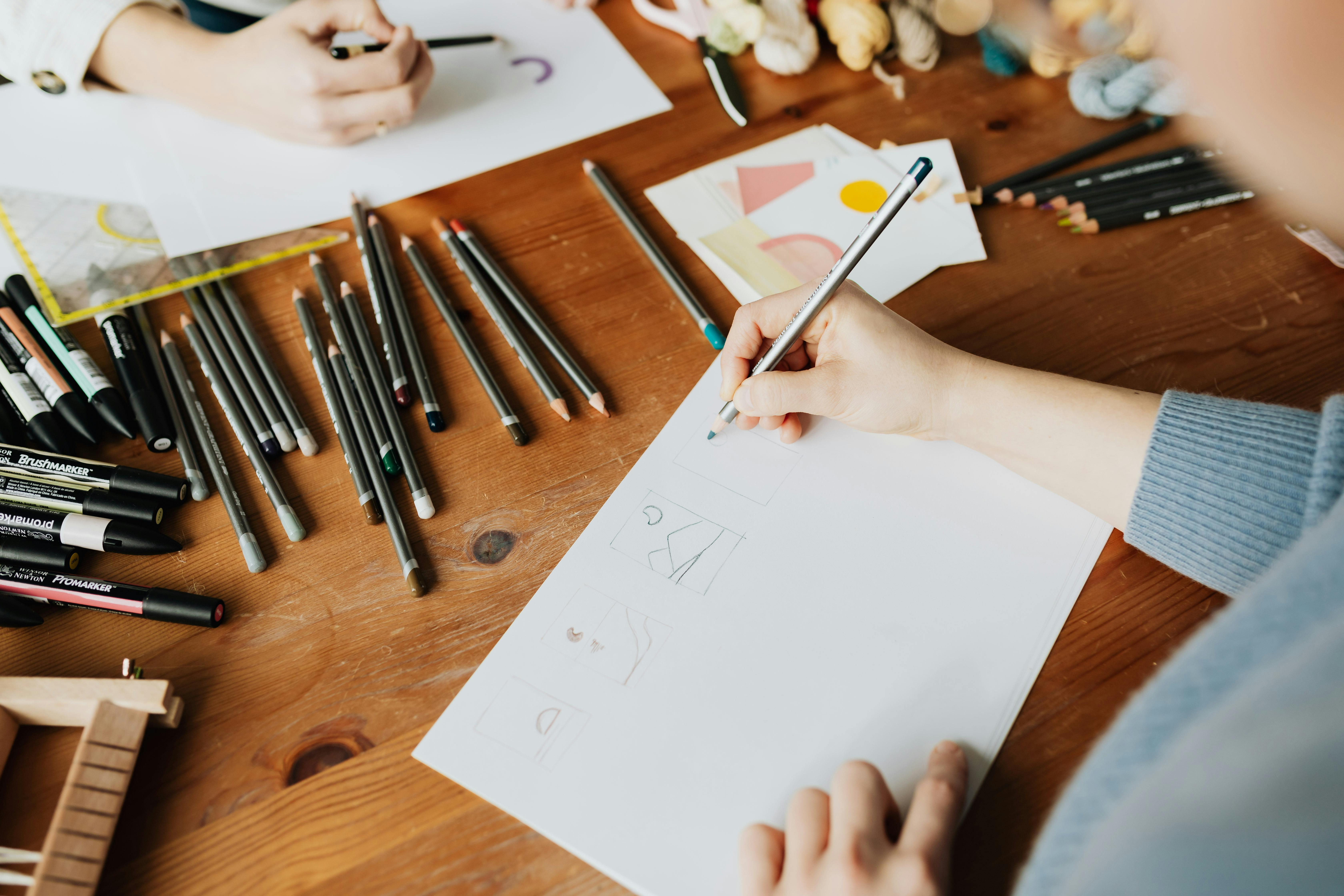An office can be a large informal space with divided rooms that are full of furniture: tables, chairs, desks, and other pieces placed haphazardly, sometimes out of place. Before the computer age, most offices had large tables or desks that were the hub of the work area. In those days, these tables and desks would most likely house large amounts of paperwork, files, and records, as well as stationery and other equipment. However, in today’s modern business environment where computers, laptops, fax machines, mobile phones, etc. are highly visible, most often referring to the area where administrative employees work in smaller settings, such as open cubicles spread across a room. These are less officious and more casual with space-saving, architecturally designed furniture intended to facilitate an easy-to-move work environment.
What most defines an office environment is the use of furniture and equipment strategically provided to employees to carry out their professional functions.
Office furniture is an extremely important and integral part of a work environment; It contributes to making the office a healthy and happy place for an employee. While different work environments dictate the use of different office functions such as equipment, furniture, space, etc. The entire environment must come together to help staff work efficiently and productively.
One of the defining aspects of office furniture in today’s atmosphere and workspace is ‘Ergonomics’. The application of ergonomics in the workspace helps to provide the proper office layout regarding how people sit and work in the office in relation to doors or partitions, windows, equipment placement, etc. The equipment and furniture placed in an office should be related to the type of work being done in terms of suitability and adequacy. Ergonomics also assesses lighting, office décor, ventilation, and temperature to ensure that the workplace is focused solely on comfort and health.
functionality
The functionality of office furniture largely depends on the type of work that is done in the office, the equipment used, storage requirements, the movement of people and equipment within the office, and many others; therefore, office design is an aspect that needs careful thought and planning. Here too, the type of office furniture used helps in situations where things need to be moved in case of emergency meetings, additional workload requiring additional people to be brought in to meet deadlines, accessibility to equipment and fixtures , etc.
Choosing office furniture
Chairs and desks in an office must be comfortable to use in relation to access to equipment such as computers, laptops, telephones, fax machines, etc. Heavy wooden chairs are not the type to use in a staff arrangement where almost everyone is seated at a work station; Computer chairs with wheels and comfortable backs and armrests are best for comfort, movement, and stability.
Desks should be of average height in relation to the location of the computer or laptop, not too high or too low to cause discomfort while working. In addition to enough space to store essential accessories for handling paperwork and making phone calls, the desk should provide enough space underneath for your legs to move freely without cramping or discomfort.
productive environment
A productive work environment can be created by facilitating agile working that ensures that office staff have flexibility and freedom to perform their tasks. Such an agile work environment stimulates creativity, enhances productivity, enhances communications and creates an overall healthy and safe working atmosphere.




